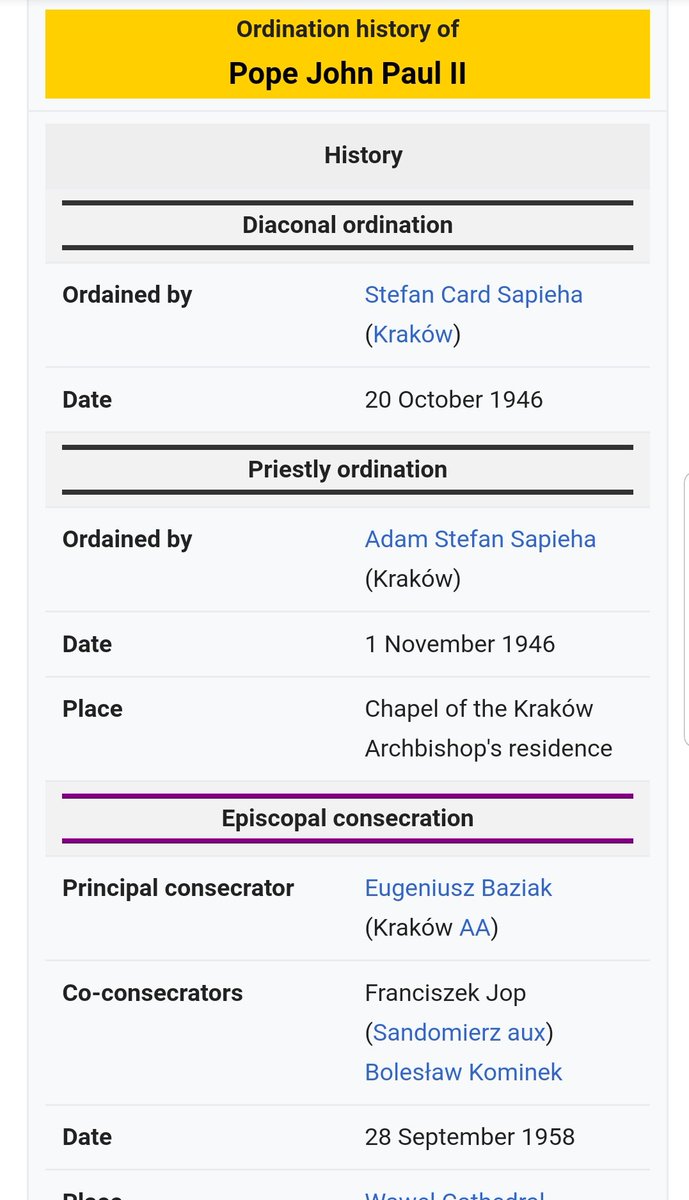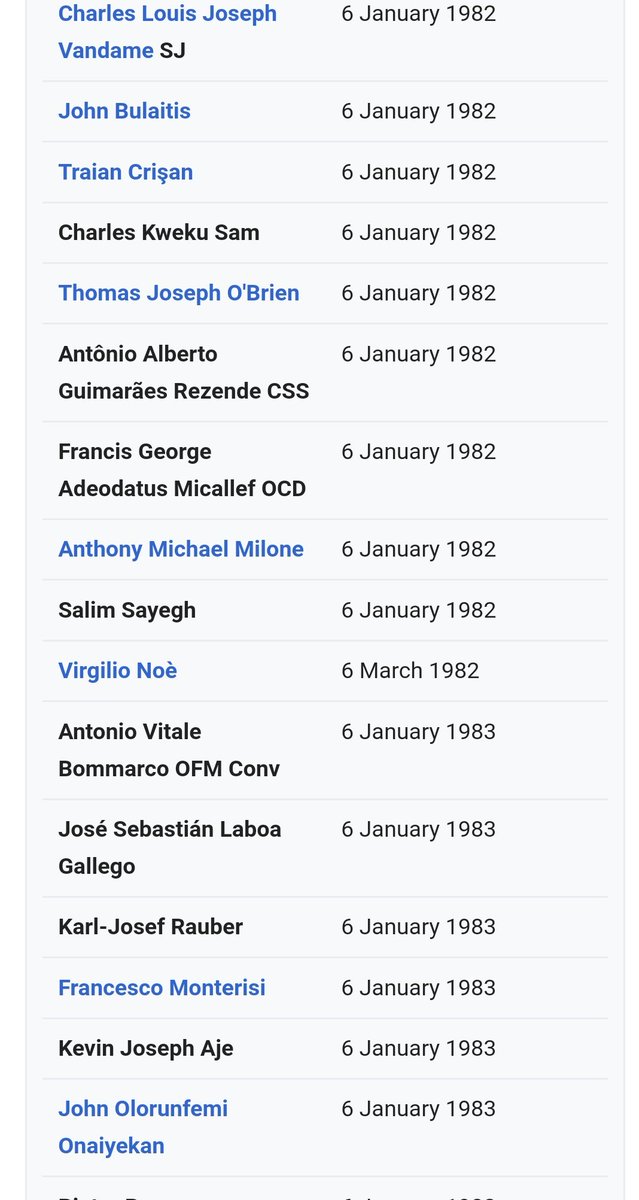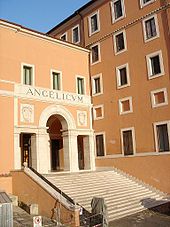Pope John Paul II (Latin: Ioannes Paulus II; Italian: Giovanni Paolo II; Polish: Jan Paweł II; born Karol Józef Wojtyła [ˈkarɔl ˈjuzɛv vɔjˈtɨwa]; 18 May 1920 – 2 April 2005) was the Pope of the Catholic Churchand sovereign of the Vatican City State
John Paul II was the second longest-serving pope in modern history after Pope Pius IX, who served for nearly 32 years
As a boy, Wojtyła was athletic, often playing footballas goalkeeper. During his childhood, Wojtyła had contact with Wadowice's large Jewish community. School football games were often organised between teams of Jews and Catholics, and
In 1939, Nazi German occupation forces closed the university after invading Poland. Able-bodied males were required to work, so from 1940 to 1944 Wojtyła variously
According to Wojtyła's schoolmate the future Austrian Cardinal Alfons Stickler,
During this period, Wojtyła wrote a series of articles in Kraków's Catholic newspaper, Tygodnik Powszechny ("Universal Weekly"), dealing with contemporary church issues. He focused on creating original
While a priest in Kraków, groups of students regularly joined Wojtyła for hiking, skiing, bicycling, camping and kayaking, accompanied by prayer, outdoor Masses and theological discussions. In Stalinist-era Poland, it was not permitted for priests
In October 1962, Wojtyła took part in the Second Vatican Council (1962–1965), where he made contributions to two of its most historic and influential products, the Decree on Religious Freedom(in Latin, Dignitatis
He also participated in the assemblies of the Synodof Bishops. On 13 January 1964,
In 1967, he was instrumental in formulating
In 1970, according to a contemporary witness, Cardinal Wojtyła was against the distribution of a letter around Kraków, stating that the Polish Episcopate was
In 1973 Cardinal Wojtyła met philosopher Anna-Teresa Tymieniecka, the wife of Hendrik S. Houthakker, Professor of Economics at Stanford University and
The second conclave of 1978 started on 14 October, ten days after the
Supporters of Benelli were confident that he would
Dear brothers and sisters, we are saddened at the death of our beloved Pope John Paul I, and so the cardinals have called for a new bishop of Rome. They called him from a faraway
Wojtyła became the 264th pope according to the chronological list of popes, the first non-Italian in 455 years. At only 58 years of age, he was the youngest pope
He travelled to Haiti in 1983, where he spoke in Creole to thousands of impoverished
On 15 January 1995, during the X World Youth Day, he offered Mass to an estimated crowd of between five and seven million in Luneta Park, Manila, Philippines, which was considered to be the largest
The pope won that struggle by transcending politics. His was what Joseph Nye calls 'soft power' — the power of attraction and repulsion. He began with an enormous advantage, and exploited it to the utmost: He headed the one
According to John Lewis Gaddis, one of the most influential historians of the Cold War, the trip led to the formation of Solidarity and would begin the process of Communism's demise in Eastern Europe:
On later trips to Poland, he gave tacit support to the Solidarity organisation.
en.wikipedia.org/wiki/Pope_John…




























